Home>Technology>Home Entertainment Systems>When Did They Stop Cigarette Advertising On Television
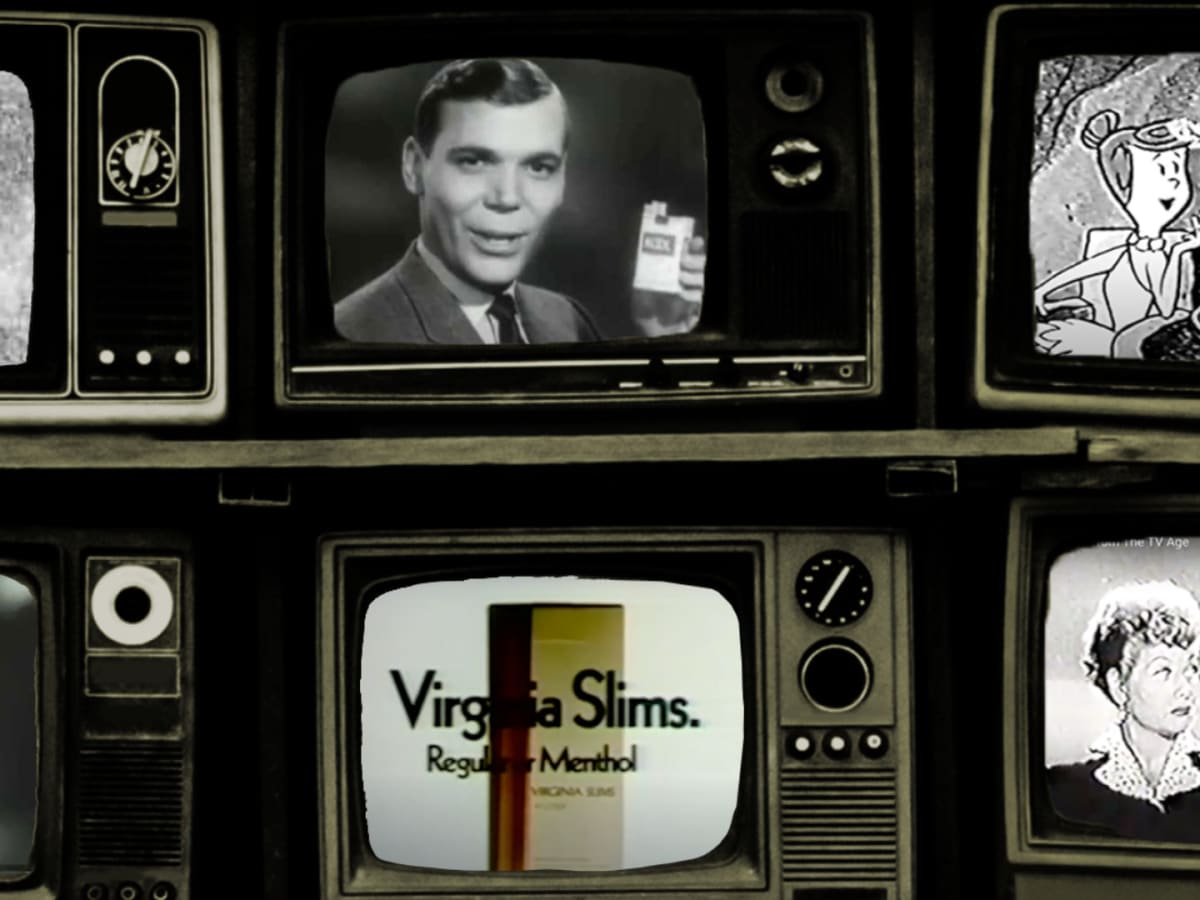

Home Entertainment Systems
When Did They Stop Cigarette Advertising On Television
Modified: January 9, 2024
Learn about the history of cigarette advertising on television and when it was discontinued. Discover how this affects home entertainment systems.
(Many of the links in this article redirect to a specific reviewed product. Your purchase of these products through affiliate links helps to generate commission for Storables.com, at no extra cost. Learn more)
Introduction
Television advertising has long been a powerful medium for promoting products and services to consumers. However, there was a time when cigarette advertising was a common sight on television screens. Cigarette companies once had free reign to sponsor shows, create catchy jingles, and showcase their products to a wide audience.
But as our understanding of the dangers of smoking grew, so did concerns about the influence of cigarette advertising on public health. In this article, we will explore the early history of cigarette advertising on television, the events that led to its ultimate ban, and the impact it has had on our society.
Key Takeaways:
- The ban on cigarette advertising on television, implemented in response to public health concerns, led to a decline in smoking rates and increased public awareness of the dangers of smoking, fostering a cultural shift towards less socially acceptable smoking behavior.
- The ban faced opposition centered around freedom of speech, but ultimately received widespread support as it proved effective in reducing smoking rates and protecting public health, highlighting the importance of prioritizing public well-being over commercial interests.
Early history of cigarette advertising on television
The early days of television saw a flourishing of cigarette advertising. In the 1940s and 1950s, cigarette companies saw television as a powerful platform to reach consumers and promote their brands. They sponsored popular shows, such as “The Milton Berle Show” and “Texaco Star Theater,” and even created their own commercials to capture the attention of viewers.
During this time, cigarette advertisements were prevalent and often glamorized smoking. They portrayed smoking as cool, sophisticated, and even beneficial to health. Celebrities and actors were often featured in these commercials, further adding to their appeal.
One iconic example of early cigarette advertising on television was the Marlboro Man campaign. The rugged cowboy depicted in the ads epitomized masculinity and freedom, and the campaign was highly successful in boosting Marlboro’s sales.
However, as the dangers of smoking became more widely known, public sentiment began to shift. The Surgeon General’s Report on smoking and health, released in 1964, was a turning point in the fight against cigarette advertising on television.
This report highlighted the adverse health effects of smoking, including lung cancer and heart disease. It presented clear evidence that smoking was a major public health concern, and called for action to reduce smoking rates.
Stay tuned for the next sections as we delve into the response to the Surgeon General’s Report and the regulations put in place to curb cigarette advertising on television.
Surgeon General’s Report on smoking and health
The release of the Surgeon General’s Report on smoking and health in 1964 was a watershed moment in the battle against cigarette advertising on television. The report, commissioned by the U.S. Surgeon General Dr. Luther Terry, brought to light the significant health risks associated with smoking.
The report was based on a comprehensive review of existing scientific evidence, including numerous studies linking smoking to lung cancer, heart disease, and other serious health conditions. It concluded that cigarette smoking was a major cause of preventable death and disease in the United States.
The Surgeon General’s Report had a profound impact on public perception and understanding of the dangers of smoking. It marked a turning point in public health awareness and paved the way for subsequent actions to address the smoking epidemic.
Notably, the report triggered a shift in government policy towards cigarette advertising. It ignited a public debate about the role of advertising in promoting smoking and whether it should be restricted or banned entirely.
The Surgeon General’s Report also led to increased funding for research on smoking and health, as well as educational campaigns to inform the public about the risks associated with tobacco use. It served as a catalyst for further studies on the effects of smoking, and subsequent reports have reaffirmed and expanded upon its findings.
As we delve further into the regulations surrounding cigarette advertising on television, it is important to recognize the pivotal role played by the Surgeon General’s Report in raising awareness about the dangers of smoking and laying the groundwork for change.
Regulation of cigarette advertising on television
In response to growing concerns about the effects of cigarette advertising on public health, the U.S. government took steps to regulate and restrict the promotion of tobacco products on television. Several significant measures were implemented to curb the influence of cigarette advertising.
One of the earliest efforts to regulate cigarette advertising was the establishment of the Cigarette Advertising Code in the mid-1950s. This code was a voluntary set of guidelines created by the tobacco industry to address concerns about the content and placement of cigarette advertisements on television.
The Cigarette Advertising Code imposed restrictions on the portrayal of smoking, particularly in relation to health claims. Advertisements were prohibited from suggesting that smoking had any health benefits or that it was safe to smoke.
However, the voluntary nature of the code meant that compliance varied, and many tobacco companies continued to find creative ways to promote their products without explicitly violating the code.
It wasn’t until 1969 that a definitive ban on cigarette advertising on television was enacted with the Public Health Cigarette Smoking Act. This landmark legislation, signed into law by President Richard Nixon, effectively prohibited the advertising of cigarettes and smokeless tobacco products on television and radio.
The Public Health Cigarette Smoking Act also mandated the inclusion of health warning labels on cigarette packages and required stronger warning messages in print advertisements.
This ban marked a significant turning point in the fight against cigarette advertising, as it removed one of the most visible and influential platforms for promoting tobacco products. Television advertising had played a crucial role in shaping public perception and normalizing smoking behavior, and the ban aimed to restore balance and protect public health.
Despite the ban on television advertising, cigarette companies found other avenues to market their products, such as print media, sponsorship of sports events, and product placement in movies and television shows.
Next, we will explore the impact of the ban on cigarette advertising on television and the ongoing opposition and support for this measure.
The Cigarette Advertising Code
As concerns grew regarding the influence of cigarette advertising on public health, the tobacco industry introduced the Cigarette Advertising Code as a voluntary measure to regulate the content and placement of cigarette advertisements on television.
The Cigarette Advertising Code, established in the mid-1950s, aimed to address some of the concerns raised about the portrayal of smoking in advertisements. It imposed certain restrictions on how cigarette commercials were created and prohibited specific claims and marketing techniques.
One of the key provisions of the code was the prohibition of health claims in cigarette advertising. Advertisements were not allowed to suggest that smoking had any health benefits or that it was safe to smoke. This rule aimed to counteract the misleading perception that smoking was not harmful to one’s well-being.
The code also discouraged the use of celebrities or prominent figures in cigarette advertisements. By avoiding endorsements from well-known individuals, the industry attempted to mitigate the influence of celebrity culture on smoking behavior.
Furthermore, the code recommended that cigarette advertisements should not appeal to minors. Advertisements were supposed to avoid using characters, themes, or settings that might attract or resonate more with younger audiences.
However, while the Cigarette Advertising Code was a step towards self-regulation, the voluntary nature of the code resulted in inconsistent adherence. Some tobacco companies skirted around the restrictions, using creative advertising techniques to indirectly promote their products without explicitly violating the guidelines.
Public health advocates argued that the code was inadequate in curbing the harmful effects of cigarette advertising, and that stricter regulations were necessary. The debate surrounding the effectiveness of self-regulation eventually led to the implementation of comprehensive legislation to ban cigarette advertising on television.
Now, let’s explore how the Cigarette Advertising Code evolved into the Public Health Cigarette Smoking Act of 1969, which marked a more decisive turning point in the regulation of cigarette advertising on television.
Cigarette advertising on television was banned in the United States on January 2, 1971, as a result of the Public Health Cigarette Smoking Act.
Read more: How To Advertise On Television
The Public Health Cigarette Smoking Act of 1969
The Public Health Cigarette Smoking Act of 1969 was a pivotal moment in the history of cigarette advertising on television. This groundbreaking legislation, signed into law by President Richard Nixon, brought about significant changes and restrictions in the promotion of tobacco products.
The act was a response to the growing concerns about the health risks associated with smoking and aimed to protect public health by curbing the influence of cigarette advertising. One of the key provisions of the act was the complete ban on cigarette advertising on television and radio.
Prior to the enactment of this law, cigarette advertisements were a common sight on television screens and radio airwaves. Tobacco companies had used these platforms to reach a wide audience, perpetuating the image of smoking as glamorous and desirable.
The ban on cigarette advertising on television and radio had far-reaching implications for both the tobacco industry and the public. It marked the end of an era where cigarette companies had unrestricted access to the airwaves to market their products.
The Public Health Cigarette Smoking Act also included other significant measures to promote public health. It required the inclusion of warning labels on cigarette packages, cautioning consumers about the health risks of smoking.
The warning labels gradually grew in prominence and effectiveness over the years, with stronger and more comprehensive messages to convey the dangers of smoking. These labels have played a crucial role in informing consumers and encouraging them to reconsider their smoking habits.
Alongside the ban on television and radio advertising, the act also restricted the ability of tobacco companies to sponsor sports or cultural events. This restriction aimed to prevent the association of tobacco brands with healthy and active lifestyles, as well as to reduce the visibility of cigarette marketing in various forms of media.
The Public Health Cigarette Smoking Act of 1969 was a significant step forward in the regulation of cigarette advertising. It limited the reach and influence of tobacco companies on the airwaves and contributed to a cultural shift in how smoking was perceived.
The impact of this legislation continues to be felt to this day as society recognizes the importance of protecting public health and reducing the harmful effects of smoking.
Impact of the ban on cigarette advertising on television
The ban on cigarette advertising on television had a profound impact on both the tobacco industry and society as a whole. Let’s explore some of the key effects and consequences of this significant regulatory measure.
First and foremost, the ban drastically reduced the visibility and accessibility of cigarette promotions to the general public. Television, once a popular medium for cigarette advertising, was no longer an avenue for companies to showcase their products and influence consumers. As a result, smoking rates began to decline, particularly among young people who were heavily influenced by advertising messages.
The ban also forced cigarette companies to shift their marketing strategies towards other forms of media and advertising channels. Print media, such as magazines and newspapers, became more important for tobacco companies to maintain their brand presence and reach potential customers.
Additionally, the ban sparked a wave of public awareness about the dangers of smoking. With fewer glamorous and enticing portrayals of smoking on television, the negative health effects of tobacco consumption became more prominent in public discourse. This increased awareness contributed to a cultural shift, where smoking became less socially acceptable and the perception of smoking as a negative habit grew.
Furthermore, the ban on cigarette advertising on television paved the way for further regulatory measures and restrictions on tobacco products. Governments worldwide saw the impact of limiting the promotion of cigarettes and began implementing stricter regulations on packaging, warning labels, and public smoking bans.
The ban also sparked debates and legal challenges surrounding freedom of speech and the role of government in regulating commercial speech. Throughout the years, court rulings affirmed the constitutionality of the ban, recognizing the government’s interest in protecting public health and reducing the harm caused by smoking.
Overall, the ban on cigarette advertising on television had significant and long-lasting effects. It helped to shape a new era where the harms of smoking were more widely recognized, and tobacco companies had to adapt their marketing strategies to navigate a landscape with reduced advertising opportunities.
As we move forward, it is essential to continue promoting public health initiatives and raising awareness about the dangers of smoking, ensuring that the progress made by the ban on cigarette advertising on television is not undone.
Opposition and support for the ban
The ban on cigarette advertising on television faced both opposition and support from various stakeholders. Let’s explore the arguments put forth by those who opposed and those who supported the ban.
Opponents of the ban argued that it infringed upon freedom of speech and commercial expression rights. They believed that the government should not interfere in the advertising practices of private companies and that consumers should have the choice to make their own decisions regarding cigarette consumption.
Certain tobacco companies also opposed the ban, as it significantly limited their ability to promote their products to a wide audience. They argued that the ban unfairly targeted their industry and that other potentially harmful products, such as alcohol, were still allowed to advertise on television.
On the other side, supporters of the ban believed that the risks of smoking were too great to allow cigarette advertising to continue unchecked. They saw the ban as a necessary step in protecting public health and preventing the glamorization of smoking.
Health organizations and advocates supported the ban, citing the evidence of the dangers of smoking and the influence of advertising on smoking behavior. They believed that restricting cigarette advertising on television would reduce the overall demand for cigarettes and contribute to decreasing smoking rates.
The ban also received support from the general public, who became increasingly aware of the health risks associated with smoking. People witnessed firsthand the harmful effects of smoking on individuals and recognized the need to limit the promotional activities of tobacco companies.
The support for the ban was further bolstered by the findings of research studies and public health experts that showed a direct link between exposure to cigarette advertising and an increased likelihood of smoking initiation among young people.
Over time, as the ban on cigarette advertising on television proved to be effective in reducing smoking rates, public opinion shifted further in favor of the measure. The ban became widely accepted as an important regulatory step in combating the harmful effects of smoking and protecting public health.
As with any controversial issue, there will always be differing viewpoints and ongoing debates regarding the ban on cigarette advertising on television. However, the support for the ban continues to outweigh the opposition, as governments and public health organizations recognize the importance of reducing smoking rates and promoting public well-being.
Conclusion
The ban on cigarette advertising on television marked a significant turning point in the fight against the harmful effects of smoking. This regulatory measure, implemented in response to growing concerns about public health, curbed the influence of cigarette promotions on one of the most influential media platforms.
The early history of cigarette advertising on television depicted smoking as glamorous and desirable, contributing to its widespread acceptance. However, advancements in scientific research and the release of the Surgeon General’s Report on smoking and health in 1964 shed light on the serious health risks associated with smoking.
In an effort to address these concerns, the tobacco industry introduced the Cigarette Advertising Code, which imposed voluntary guidelines to regulate cigarette advertisements. However, the code lacked consistency and effectiveness, leading to the enactment of the Public Health Cigarette Smoking Act of 1969.
The ban on cigarette advertising on television had a profound impact on society. It reduced the visibility and accessibility of cigarette promotions, leading to a decline in smoking rates. It also increased public awareness of the dangers of smoking and fostered a cultural shift where smoking became less socially acceptable.
Opposition to the ban centered around concerns about freedom of speech and commercial expression rights. However, supporters emphasized the need to protect public health and prevent the glamorization of smoking.
Over time, the ban received widespread support, as it proved effective in reducing smoking rates and protecting public health. Research studies supported the link between cigarette advertising and smoking initiation, further justifying the necessity of the ban.
While the ban on cigarette advertising on television was a significant milestone, it is important to remain vigilant in promoting public health initiatives and continuing to raise awareness about the dangers of smoking. Stricter regulations on tobacco products, such as warning labels and public smoking bans, further complement the ban and contribute to a healthier society.
In conclusion, the ban on cigarette advertising on television serves as a reminder of the progress made in combating the harmful effects of smoking. It represents a collective effort to prioritize public health over the commercial interests of the tobacco industry, and its impact will continue to be felt for generations to come.
Frequently Asked Questions about When Did They Stop Cigarette Advertising On Television
Was this page helpful?
At Storables.com, we guarantee accurate and reliable information. Our content, validated by Expert Board Contributors, is crafted following stringent Editorial Policies. We're committed to providing you with well-researched, expert-backed insights for all your informational needs.





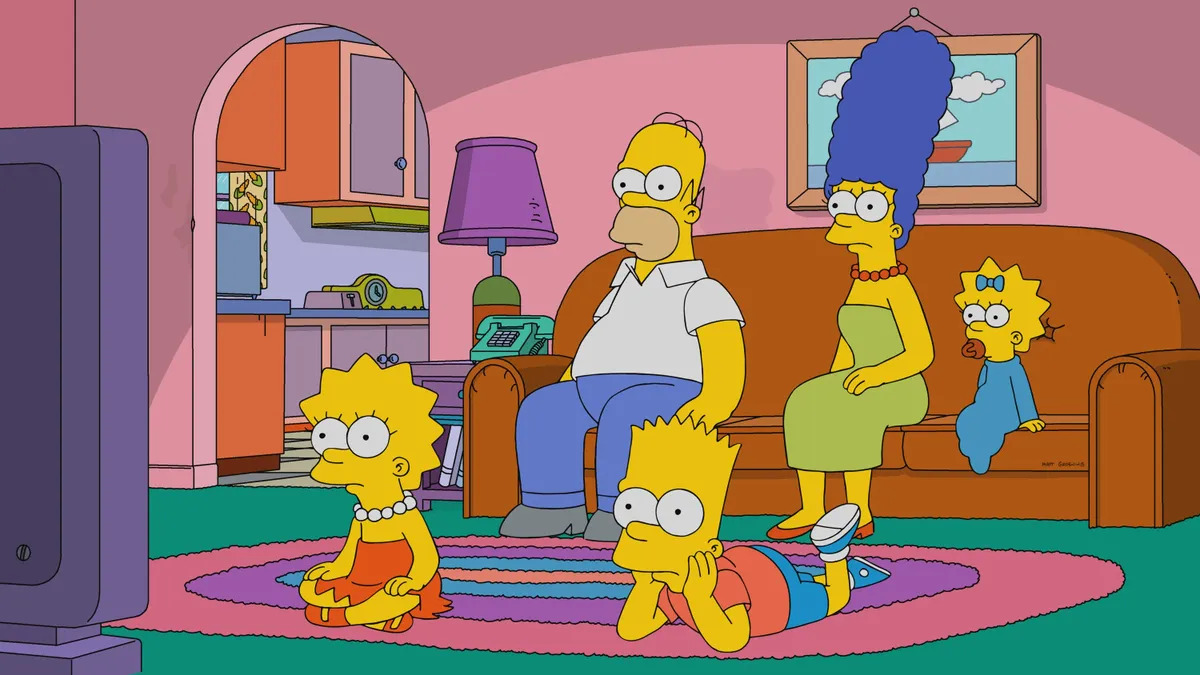

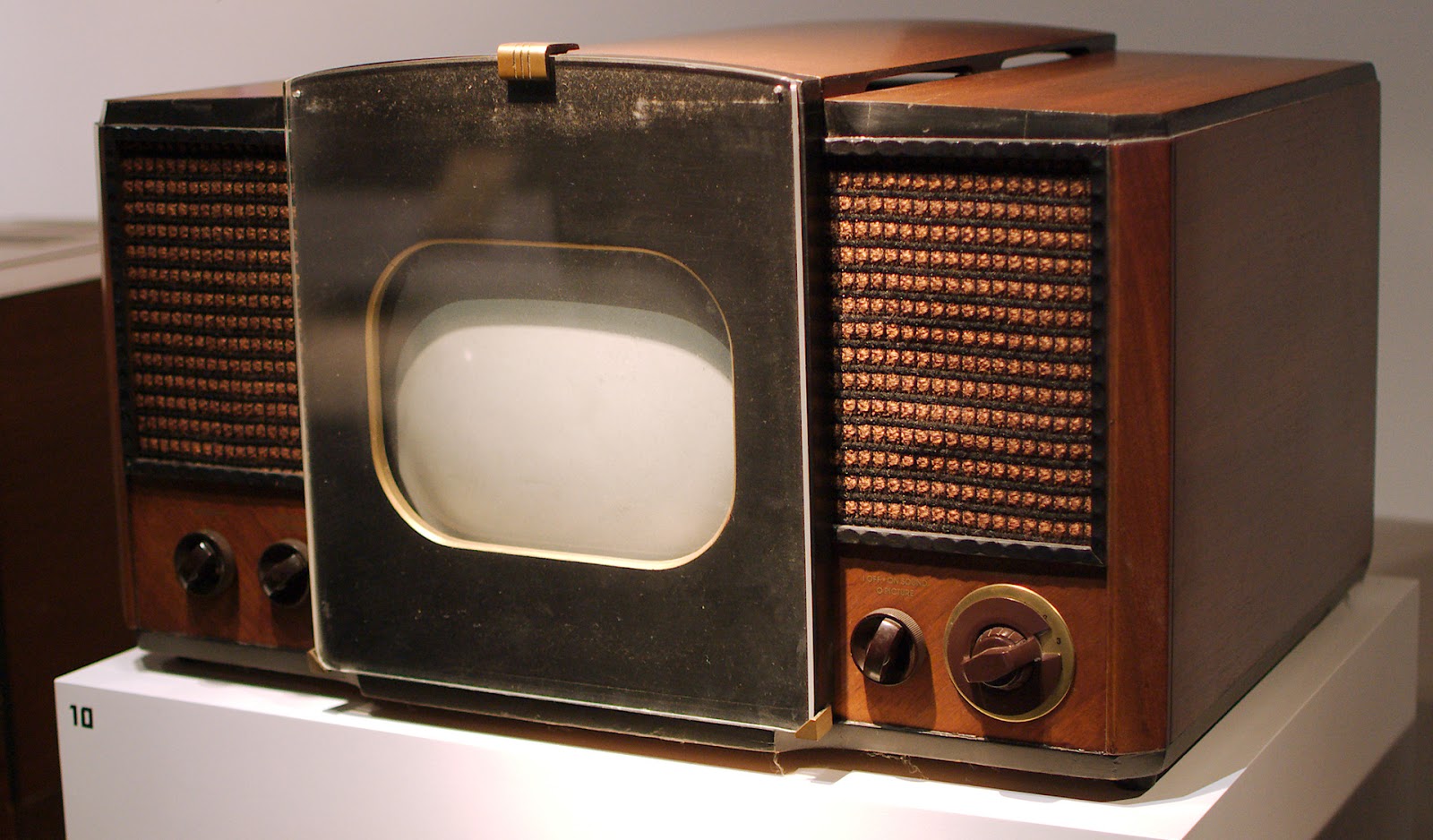


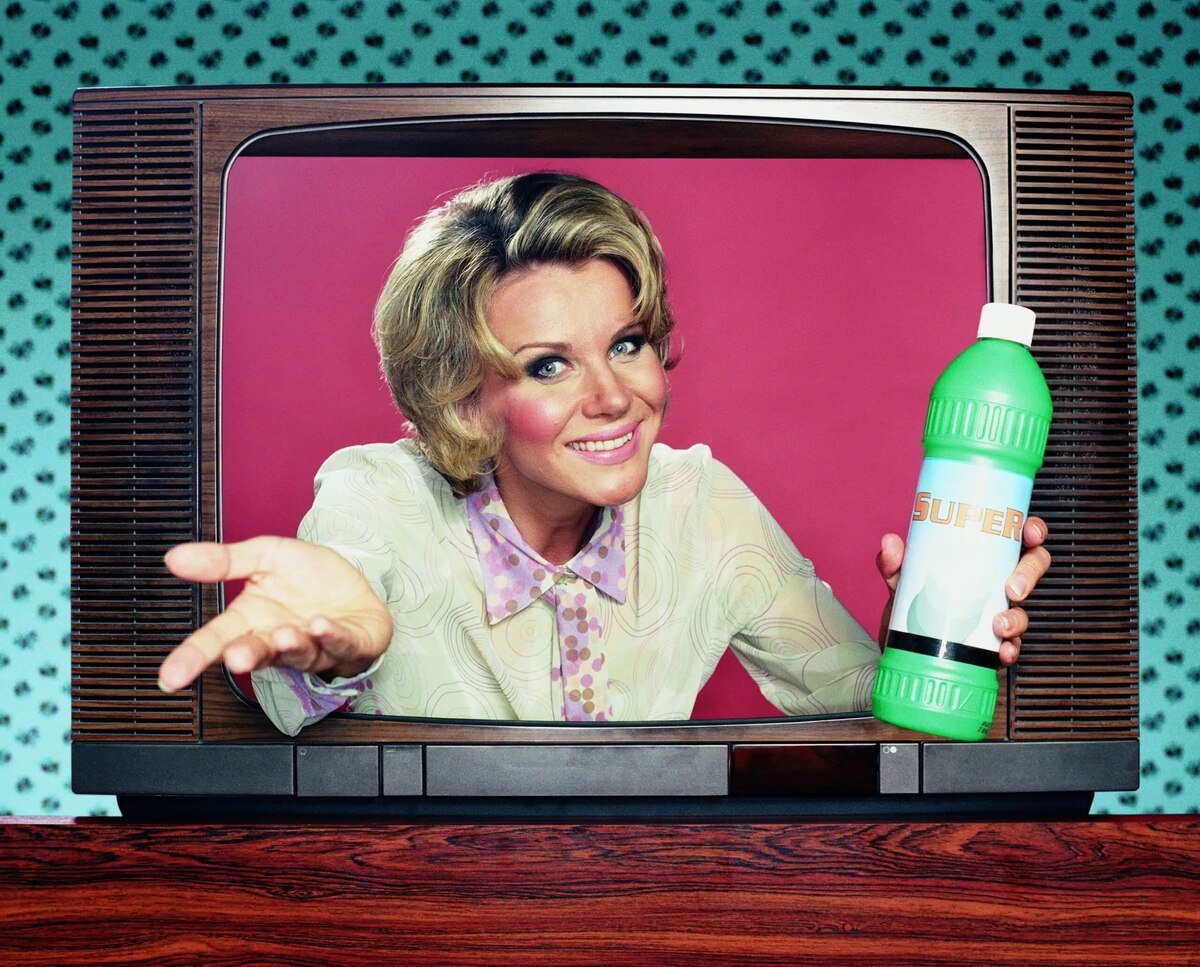
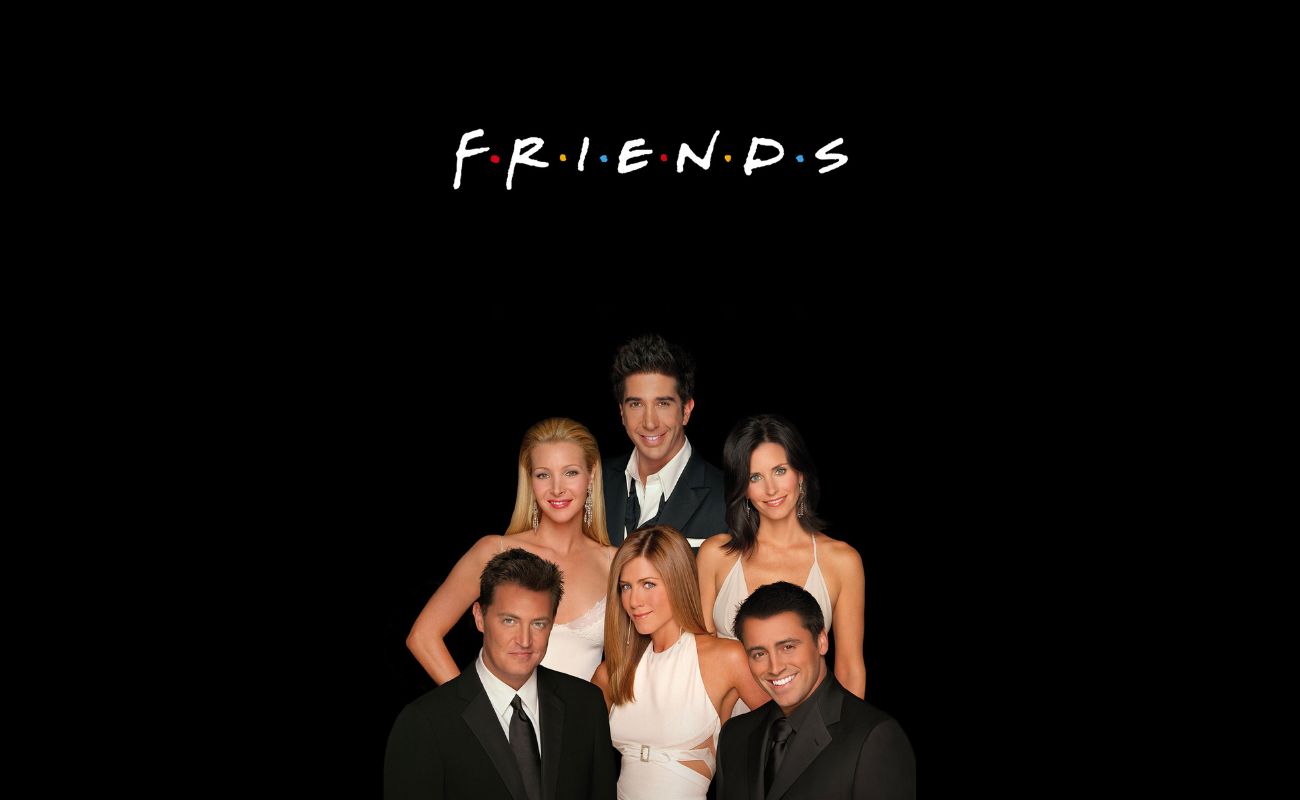



0 thoughts on “When Did They Stop Cigarette Advertising On Television”